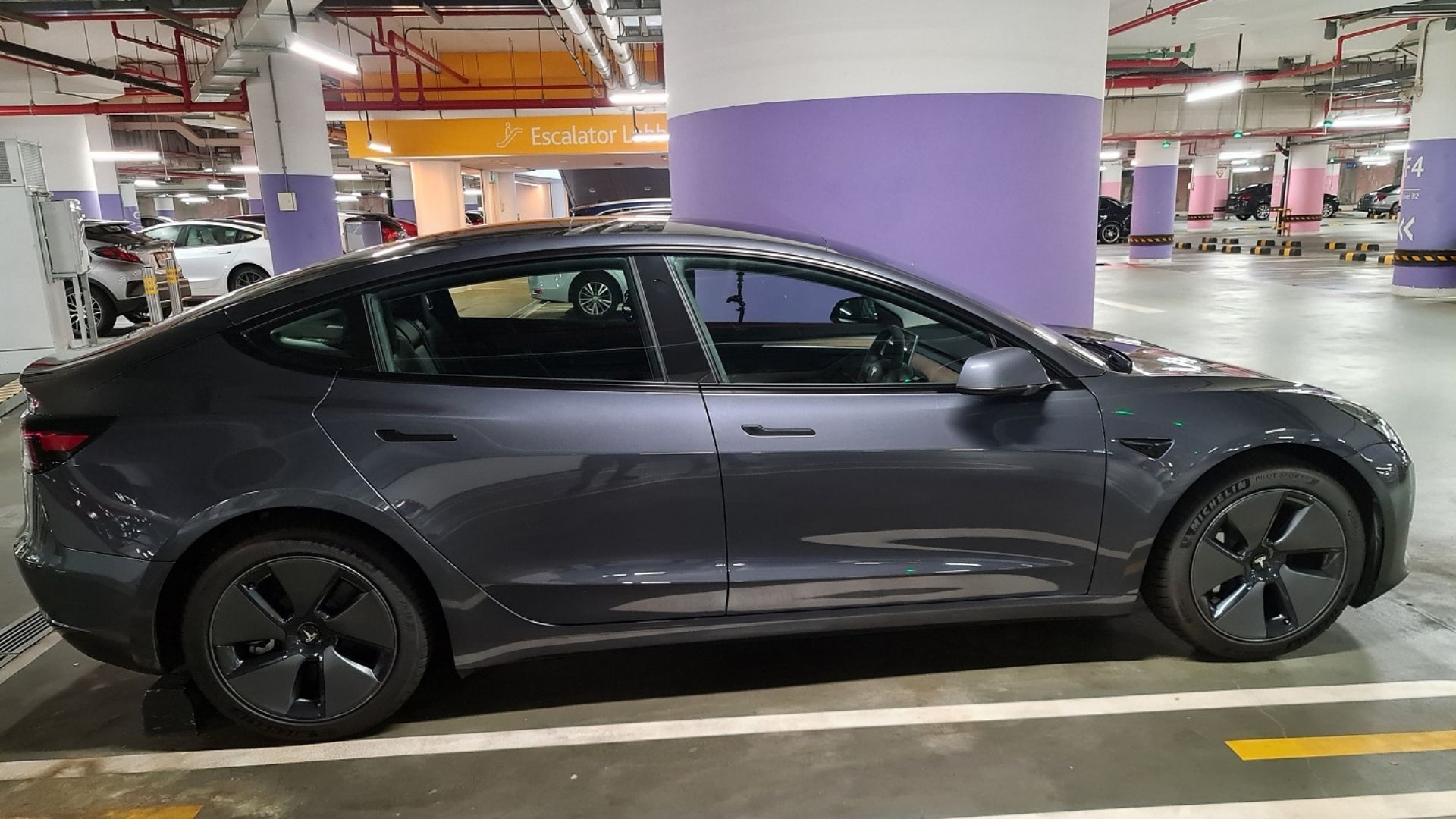The Tesla Model 3 may cost far more in Singapore than in the United States, but its take-up rate seems faster here than in the US. Tesla’s most basic model costs nearly S$200,000 in Singapore, largely due to the Certificate of Entitlement (COE), compared to the less than US$40,000 (S$53,750) in the US.
Yet there are already about 1,000 Tesla cars plying the roads in Singapore, and the US car company seems to have a growing fanbase here.
According to an analysis done by Rave Reviews, however, Tesla is apparently one of Singapore’s most hated brands. It holds the title as the brand with the highest percentage of negative tweets in Singapore.
The site, in 2021, studied an amassment of tweets mentioning a number of large global names, and using the percentage of negative ones, calculated a “hate rate”. Tesla came out tops in Singapore, with 58.3 per cent.
But Singapore is not the only place where Tesla is apparently hated, it is also Number One for the wrong reasons in Taiwan, Croatia, Poland, Portugal, Serbia and Spain, where it has a whopping 75 per cent hate rate.
Rave Review did qualify that using Singapore’s Twitterverse is not terribly representative of the entire country, because it probably skews towards a younger demographic and that Tesla is “still quite the youngling in Singapore”.
Tesla’s climbing issues
Tesla delivered its first car in Singapore in July 2021, five months after the US electric car brand opened its portal in Singapore and five years after founder Elon Musk started accepting worldwide pre-bookings. The company then sold 487 in Singapore between July and September that year.
According to a Reuters report in October, the company became Singapore’s sixth-most popular car brand in September, outselling Nissan, Audi and Kia. Although the Singapore government announced in 2021 a subsidy of up to S$45,000 for buyers of electric cars, experts say that it is not the single cause for the surge. Rather, it seems Tesla fared better than other companies simply because it can deliver more cars.
Just when everything was on the up and up for Tesla, it had to, on 30 December, recall more than 475,000 of its Model 3 and Model S electric cars to address rearview camera and trunk issues that had increased the risk of crashing. It was also reported that the National Highway Traffic Safety Administration (NHTSA) in the US has been discussing another camera issue with the automaker, while probing the company’s driver assistant system.
The company said that the repairs would be free of charge.
But Finnish national Tuomas Katainen was so frustrated with his eight-year-old Tesla Model S that he finally blew it up. Carbuzz reported that on 21 December, Mr Katainen, who had a lot of issues with the modified 2013 Tesla Model S, used 28kg of dynamite and blew the car with a doll of Elon Musk inside up.
Caixin Global reported on 4 January this year that Tesla recalled around 200,000 Tesla cars sold in China due to front bonnet and rear hood issues that could raise the risk of collisions. The cars were built between 2015 and 2020.
From these potentially dangerous faults discovered, those experienced by the Tesla owners in Singapore seem more like inconveniences.
To be fair, Facebook group Tesla Owners Singapore (TOSG), which comprises over 2,000 Tesla owners, also sees mostly positive comments. Here, the owners share photographs and discuss both the pros and the cons of Tesla ownership.
Leaking air conditioner
Tesla owner and TOSG member Micaela Choo posted on 25 November that the air-conditioner, signals and auto-hold function in her two-week-old Tesla 3 stopped working just five minutes after she had started driving.
More malfunctions followed when she could not put the car in park mode after parking her car. The passenger doors would not unlock and her passenger had to alight from the driver’s side. She could not operate her hazard lights or get the car to detect her key card.
She tried rebooting without success and a check with Tesla revealed that the cause was a leaking air-conditioner condenser that had damaged the circuits of the left side of the car.
Ms Choo was offered the use of replacement cars while waiting for the repairs to be completed.
Another Tesla owner also experienced the doors to his car refusing to open during the first three months after purchase and said Tesla was quick to rectify the fault, and he has had no problems since.
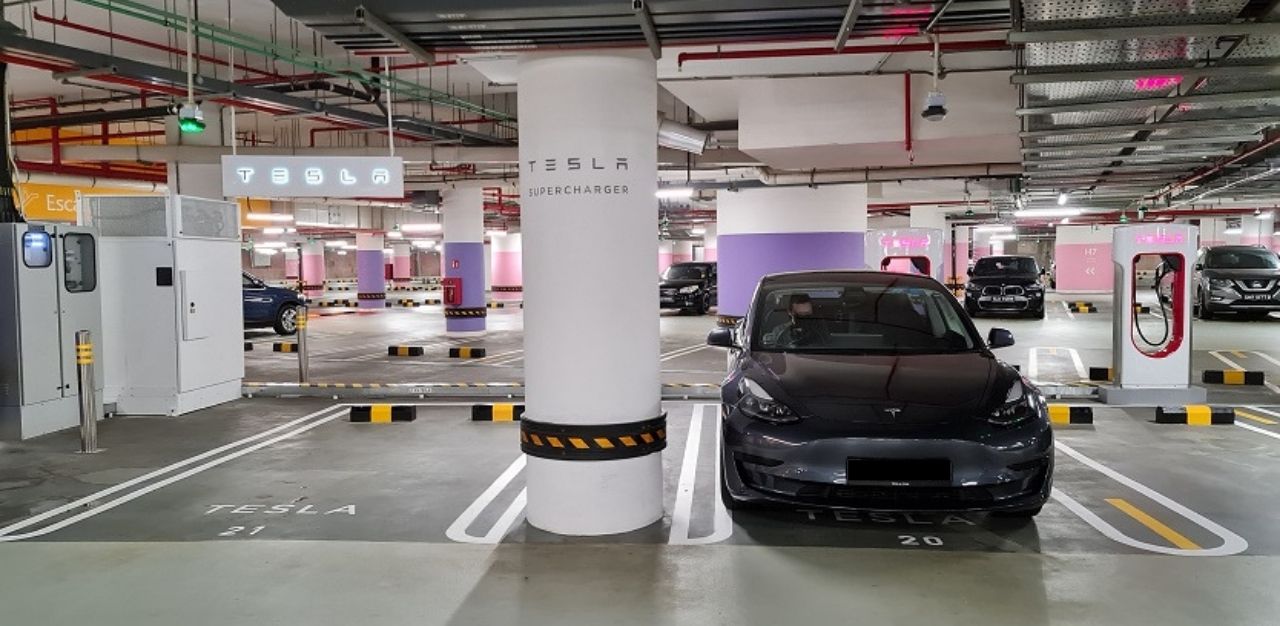
Battery problems
The batteries of EVs, Tesla cars included, can be a major problem.
The temperature operation range of an EV battery is also between 15℃ and 45℃, which is smaller compared to that of an internal combustion engine (ICE) vehicle which operates between -30℃ and 50℃. This means that an EV battery is likely to deteriorate faster than those of internal combustion engine (ICE) cars.
The components of an EV battery are also highly flammable. As EVs also have bigger batteries or more battery cells, a rapid and extreme rise in temperature can spread quickly to other battery cells, leading to smoke, fire, and even explosions! This is more difficult as an EV battery pack fire cannot be extinguished by normal fire suppressants such as water. This necessitates the need for other fire suppressants and more effort to extinguish EV battery fires.
Charging points
Several Tesla owners TheHomeGround Asia spoke to say while they are generally happy with their car, they hope there will be more and faster charging points set up throughout the country.
There are currently 12 Tesla superchargers at four locations — Millenia Walk, The Star Vista, Orchard Central and Katong V. Other electric vehicle (EV) charging points deployed by third party companies such as SP Group and Shell-Greenlots and compatible with Tesla cars are also available.
Technological innovations
An owner who is more than satisfied with his Tesla purchase is Mr Michael Seow. Mr Seow, who bought his Tesla Model 3 last November, is full of praise and considers it one of his best investments. From the “sleek drive performance, elegant trim, numerous apps” that help keep him and his family informed and entertained, to the ample trunk and boot space, the professional says that he has no regrets about his choice.
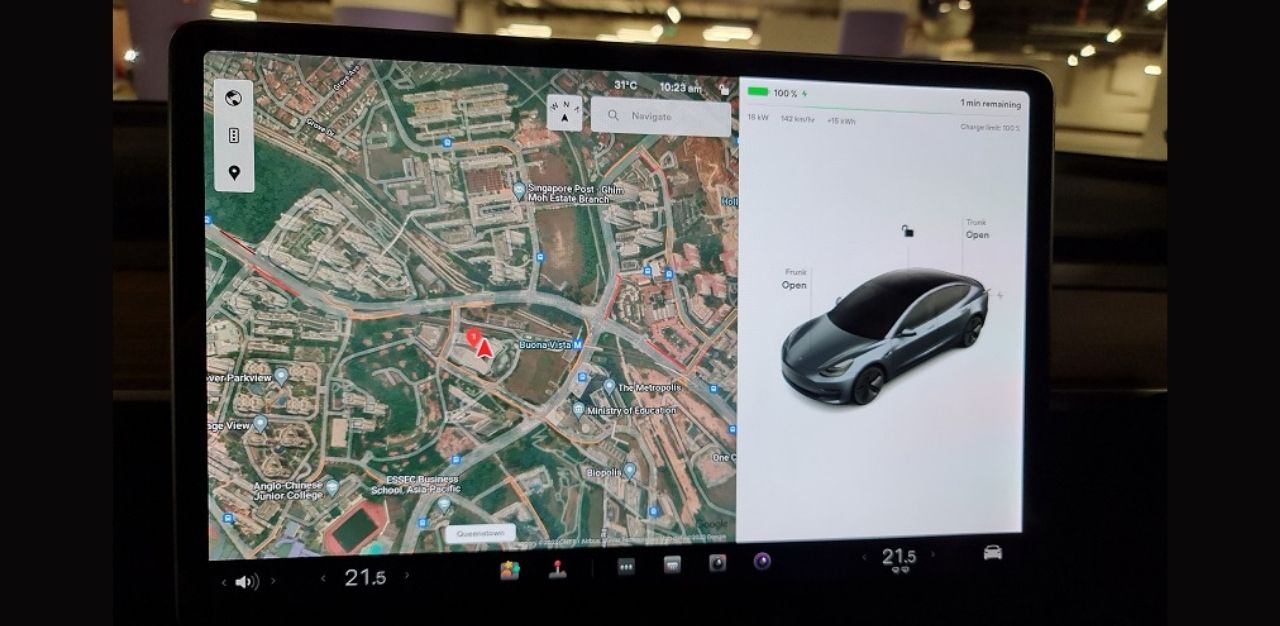
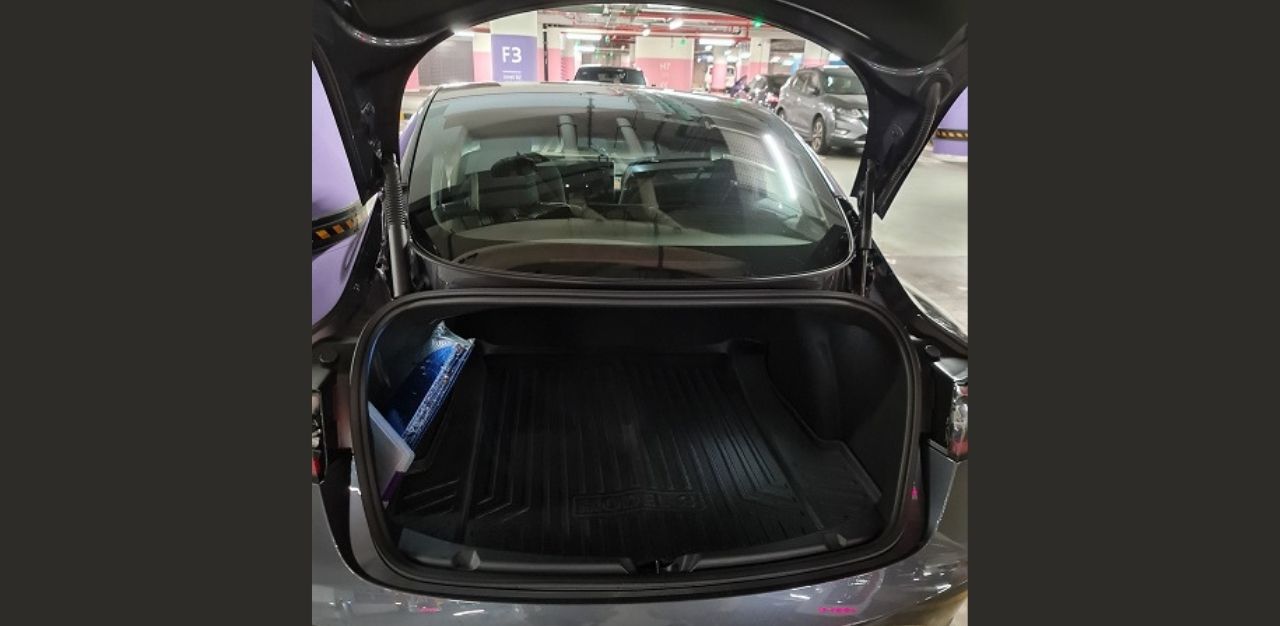
‘’I can even set the car on autopilot mode, and it can drive itself along straight paths. I take over the controls whenever I need to make turns or signal my intentions along the way,’’ he says.
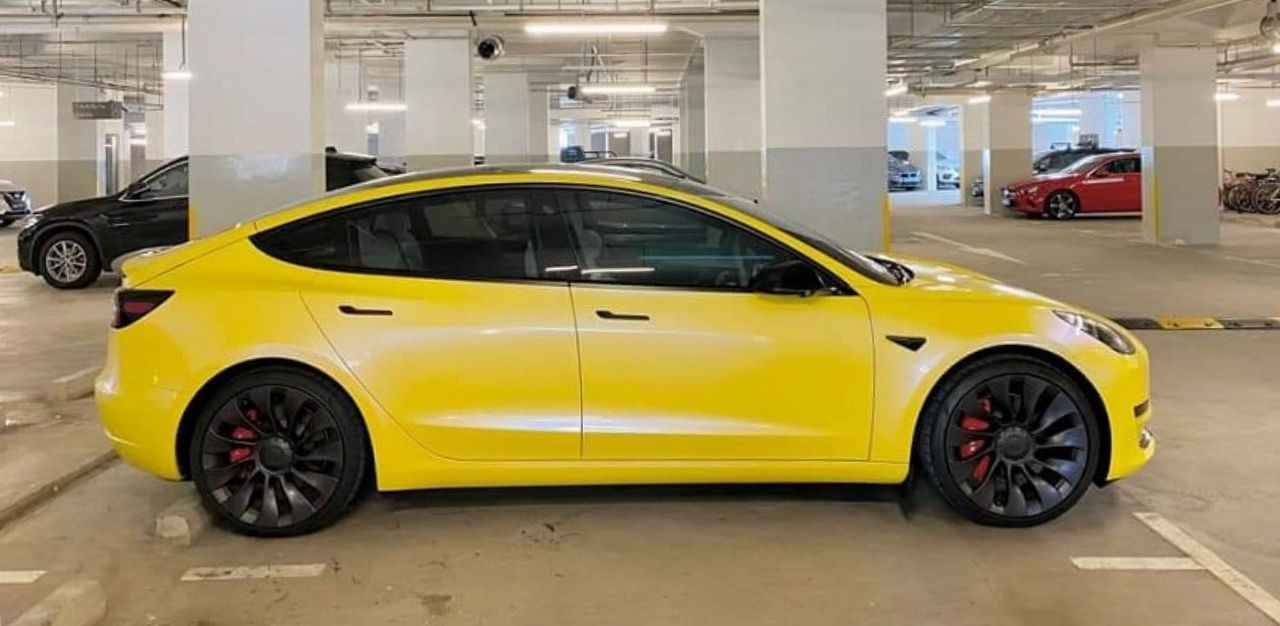
Hacking woes
As more EVs are Internet-enabled, they become easy targets for hackers, who can then remotely control the cars. This is not a pipe dream. A Chinese company actually hacked into a Tesla Model S in 2016.
Although subsequent software updates patched up the breach, the current clash between the hackers and manufacturers means the risk of being hacked will always be there.
TheHomeGround Asia reached out to Electric Vehicles Association of Singapore (EVAS) for details about problems linked to Tesla cars here, but we received no replies from them by publication time.
Mr Seow is aware of the hacking and battery concerns but is confident that Tesla is looking into the matter and will produce solutions soon.
He says, ‘’(In the long run), the only major problem is that Tesla cars are not seen to be as durable as other brands.
‘’The range of EVs, Tesla cars included, is also usually less than that of equivalent petrol-driven cars. A Tesla Model 3 (Standard) has a range of 420km as indicated on the website, but the effective range (on the ground) is 320km – 350km. Petrol-driven cars usually have a range of about 500km, so expect to visit charging stations more frequently with EVs as compared to ICE cars.’’
Join the conversations on TheHomeGround Asia’s Facebook and Instagram, and get the latest updates via Telegram.
